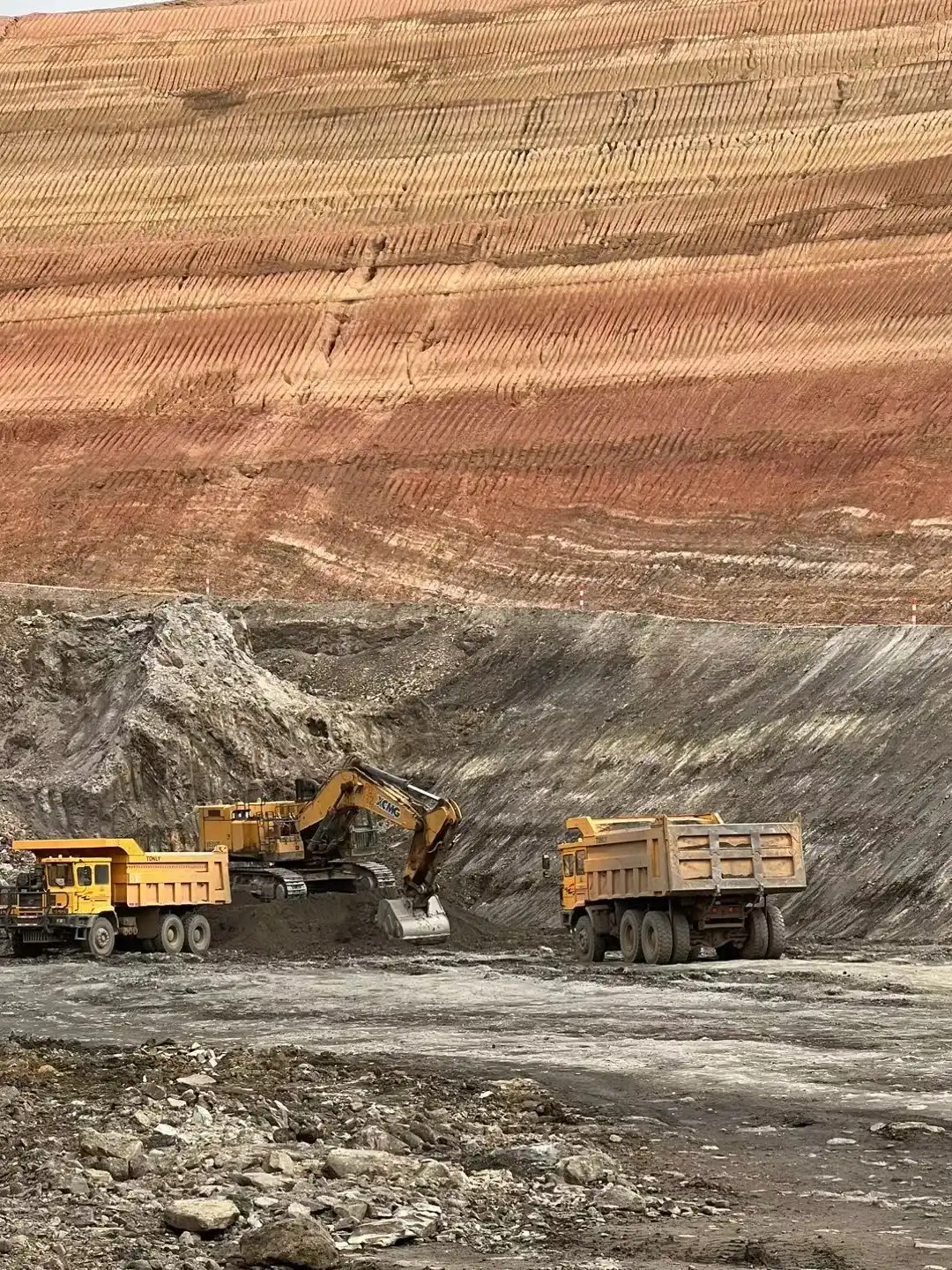As industries continue to evolve, the focus on environmental sustainability has become increasingly important. In the world of manufacturing and materials processing, grinding media play a crucial role in various applications, from mining to cement production. However, their production and use can have significant environmental implications. This article explores the environmental impact of grinding media and the steps being taken to mitigate these effects.

Eco-Friendly Alternatives in grinding media
The traditional production of grinding media often involves energy-intensive processes and the use of materials that can have a substantial environmental footprint. However, innovative companies are now exploring eco-friendly alternatives that can reduce this impact without compromising on quality or performance.
One such alternative is the use of recycled materials in the production of grinding media. By incorporating recycled steel or other metals, manufacturers can significantly reduce the demand for virgin materials and the associated environmental costs of mining and processing these resources. This approach not only conserves natural resources but also helps to reduce energy consumption and greenhouse gas emissions associated with the production of new materials.
Another promising development is the use of bio-based binders in the casting process. These binders, derived from renewable sources such as plant-based resins, can replace traditional petroleum-based binders, reducing the carbon footprint of the manufacturing process. While still in the early stages of adoption, bio-based binders show potential for creating more environmentally friendly grinding media without sacrificing durability or performance.
Advanced alloy compositions are also being developed to enhance the wear resistance and longevity of grinding media. By creating grinding media that lasts longer and performs more efficiently, manufacturers can reduce the frequency of replacements, thereby minimizing waste and the need for continuous production. These high-performance alloys often incorporate elements like chromium and molybdenum in carefully balanced proportions to achieve optimal hardness and toughness.
Reducing Waste and Improving Sustainability
The environmental impact of grinding media extends beyond their production to their use and disposal. As such, efforts to improve sustainability in this sector must address the entire lifecycle of these products.
One key area of focus is the reduction of waste generated during the grinding process. Advanced design techniques are being employed to create grinding media with optimized shapes and sizes that maximize grinding efficiency while minimizing material loss. This not only improves the overall performance of grinding operations but also reduces the amount of waste material generated over time.
Recycling programs for spent grinding media are becoming increasingly sophisticated. Many companies now offer take-back programs where used grinding balls and cylpebs can be collected and recycled into new products. This closed-loop approach helps to conserve resources and reduce the environmental impact associated with the disposal of used grinding media.
Water conservation is another critical aspect of improving sustainability in grinding operations. New technologies are being developed to reduce water consumption in wet grinding processes, including advanced filtration systems that allow for the recirculation and reuse of process water. This not only conserves a precious resource but also helps to minimize the environmental impact of wastewater discharge.
Energy efficiency is a major focus for both manufacturers and users of grinding media. Innovations in mill design and operation, coupled with the use of high-performance grinding media, can significantly reduce energy consumption in grinding processes. This not only lowers operational costs but also contributes to a reduction in the overall carbon footprint of industrial operations.
How grinding media Companies Are Going Green
Leading manufacturers of grinding media are taking proactive steps to reduce their environmental impact and promote sustainability throughout their operations. These efforts span various aspects of their business, from production processes to product design and corporate policies.
Many companies are investing in clean energy solutions to power their manufacturing facilities. This includes the installation of solar panels, wind turbines, or the purchase of renewable energy credits to offset their carbon emissions. By transitioning to cleaner energy sources, these companies are significantly reducing the carbon footprint associated with the production of grinding media.
Advanced manufacturing technologies are being adopted to improve resource efficiency and reduce waste. Computer-aided design and simulation tools allow for the optimization of casting processes, minimizing material waste and energy consumption. Additionally, precision casting techniques help to produce grinding media with tighter tolerances and more consistent quality, reducing the need for post-production processing and associated energy use.
Research and development efforts are focused on creating new, more environmentally friendly materials for grinding media. This includes the development of composite materials that combine the durability of traditional metal alloys with the lightweight properties of advanced ceramics. These innovative materials have the potential to improve grinding efficiency while reducing the overall environmental impact of grinding operations.
Sustainability certifications and eco-labels are becoming increasingly important in the grinding media industry. Companies are pursuing certifications such as ISO 14001 for environmental management systems and participating in voluntary carbon disclosure programs. These initiatives not only demonstrate a commitment to environmental stewardship but also provide a framework for continuous improvement in sustainability practices.
Collaboration with customers and industry partners is key to driving sustainable practices in the use of grinding media. Many companies offer training and support to help customers optimize their grinding processes for maximum efficiency and minimal environmental impact. This collaborative approach helps to ensure that the benefits of eco-friendly grinding media are fully realized throughout the supply chain.
The shift towards more sustainable practices in the grinding media industry is not without its challenges. The initial costs of implementing new technologies and processes can be significant, and there may be resistance to change within established industries. However, the long-term benefits of improved environmental performance, reduced operational costs, and enhanced corporate reputation are driving many companies to embrace these changes.
As regulations around environmental protection and carbon emissions continue to evolve, companies that have proactively adopted sustainable practices will be better positioned to meet future compliance requirements. This forward-thinking approach not only benefits the environment but also helps to ensure the long-term viability and competitiveness of businesses in the grinding media sector.
The journey towards more sustainable grinding media is an ongoing process that requires continuous innovation and commitment. As technologies advance and our understanding of environmental impacts deepens, we can expect to see further improvements in the eco-friendliness of these essential industrial products.
Conclusion
In conclusion, the environmental impact of grinding media is a complex issue that touches on various aspects of production, use, and disposal. However, through innovative technologies, sustainable practices, and a commitment to continuous improvement, the industry is making significant strides in reducing its environmental footprint. As we move towards a more sustainable future, the role of eco-friendly grinding media will become increasingly important in balancing industrial needs with environmental responsibility.
If you're interested in learning more about sustainable grinding media solutions, we invite you to contact our team at NINGHU. Our experts are dedicated to providing high-quality, environmentally responsible grinding media products tailored to your specific needs. Reach out to us at sales@da-yang.com or sunny@da-yang.com to discover how we can help you optimize your grinding processes while minimizing environmental impact.
References
- Environmental Sustainability in the Mining and Minerals Industry: Challenges and Future Prospects
- Advances in Eco-Friendly Casting Technologies for Grinding Media Production
- Life Cycle Assessment of Grinding Media: Comparative Analysis of Traditional and Sustainable Manufacturing Processes
- The Role of Recycled Materials in Sustainable grinding media Production
- Energy Efficiency Improvements in Industrial Grinding Processes: A Case Study on grinding media
- Green Innovation in the Casting Industry: Trends and Opportunities for Sustainable Grinding Media








